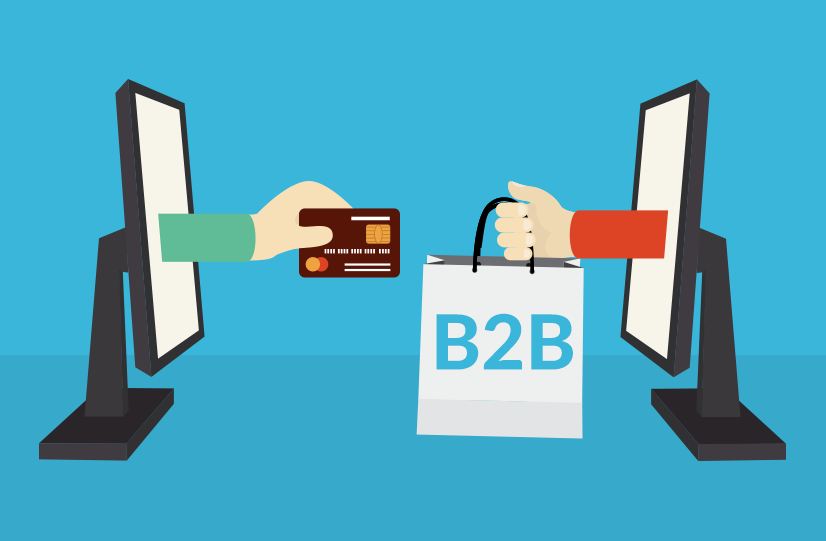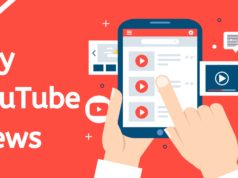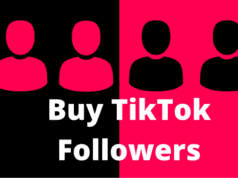
Around the end of the year, trends are hot topics that everyone is talking about. Stop anyone in a b2b marketing agency and they will have a list of predictions for what will happen in the next twelve months. For others, such as the experts at Agency Inc, the really interesting trends are the ones that are not only important in 2018 but go beyond that. Here are four that catch the eye.
1. Clever artificial intelligence
Whether you are a fan of AI or go for the Elon Musk approach of regarding it with some trepidation, there’s no doubt that it is a big trend that will stretch much further than just this year. And there’s no doubt that AI is getting clever.
Part of the reason that many B2B marketers are so impressed with AI is that it allows them to do more automatically but not in a bland, depersonalised way. In fact, the main way that AI is becoming cleverer is in its ability to personalise what it does and make the interactions seem more human.
Let’s use email marketing as an example. Here’s a great place to use that AI brain. We all know email is still a crucial way to engage with potential customers and build those leads. But it can be time-consuming. Rule-based machine learning can already help with this and there’s little doubt that it is going to get smarter and mean it can be even more. It can make content and its distribution more relatable to the specific reader.
This is known as hyper-personalisation and is going to become the new standard for everything from emails to chatbot interactions. Content needs to reach people not fall victim to ad blockers or spam filters and that’s why creating personalisation and even intimacy with AI is going to be a key trend this year and beyond.
2. More multimedia
It is no shock to marketers that video is still huge this year and looks set to continue beyond this twelve-month period. In fact, the whole world of multimedia is looking more likely to be a future fact than a future prediction.
Audiences are becoming more familiar with consuming content in visual or auditory forms as well as standard words on a screen. And this means that B2B companies need to embrace this trend wholeheartedly. Live video is the expansion of video content into live streams and channels such as Facebook and Instagram have made this front and centre of their algorithm.
Another extension of this trend is into virtual and augmented reality. AR and VR technologies are maturing rapidly, and this means that there are ever more ways that businesses can utilise them. Examples already in use include futuristic webinars where everyone is in the same room together and these have shown to be a great motivator for buying behaviour.
3. Automation everywhere
Automation has already shown itself a little in the AI trend and this is just one little aspect of the process. Businesses are spending more time automating things and freeing up resources to spend on the elements that can’t be automated. Lead generation is a key automation area.
Automation is the way forward for small and medium businesses, allowing a small workforce to accomplish much more. Examples of automated lead generation approach include:
- Marketing automation software which not only gathers leads but accurately measures results
- Mail merging software that not only sends emails but follow-ups, tracks capabilities on spreadsheets via Google Drive and allows for greater personalisation of email content
- Create more detailed pictures of leads with forms and surveys that are incentivised for the user to complete and help refine business demographics
These are examples of how businesses can use automated processes to gather leads and also add information about those leads. This means when a real person comes to contact that lead and aim to move them along the sales funnel, there is already a sense of relationship and allows for greater personalisation of those interactions.
4. Teams working together
Whether your sales and marketing teams number one each or in the hundreds each, the big trend going forward is for greater collaboration between them. The old saying about being ‘stronger together’ isn’t just for football teams – it is for companies with different departments that have a huge overlap such as sales and marketing.
For many businesses, this is already proving a success. One survey of 100 B2b businesses found that 40% were already having sales and marketing work as one department. This included having shared budgets and targets. This removes the ‘us and them’ sense of different teams and enhances collaboration. With the use of clever AI and automation, it also means that these teams have more time to work with actual customers and many of the mundane tasks can be handled autonomously.








